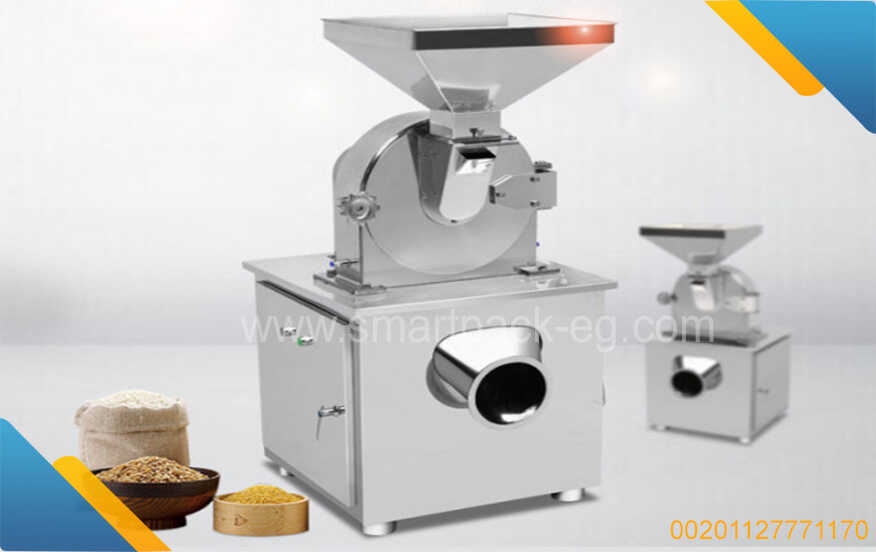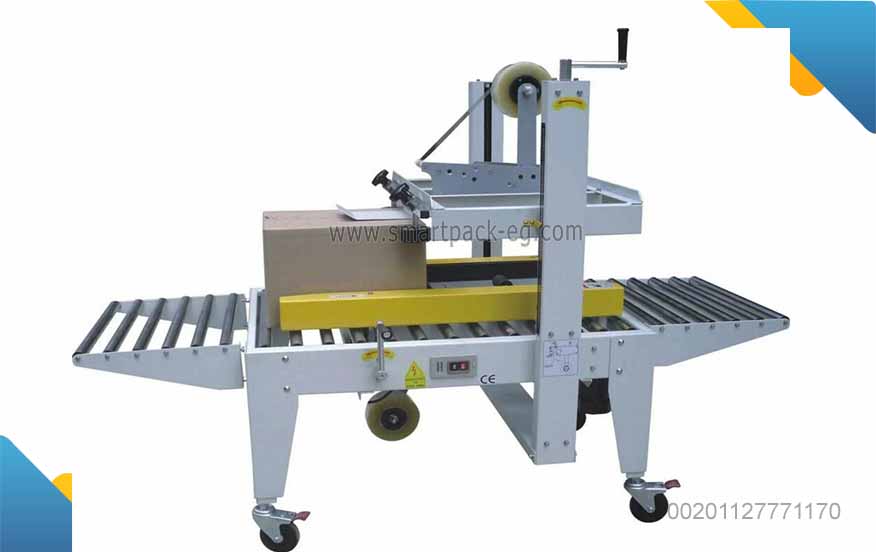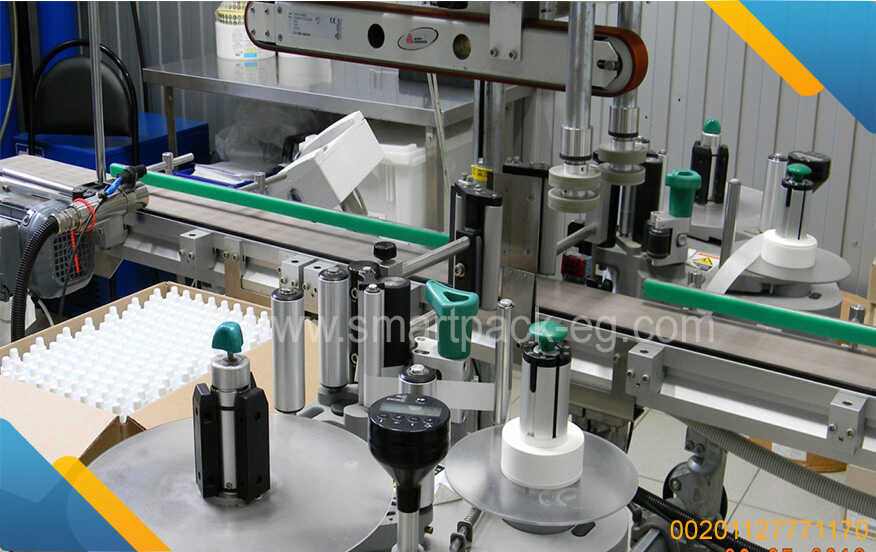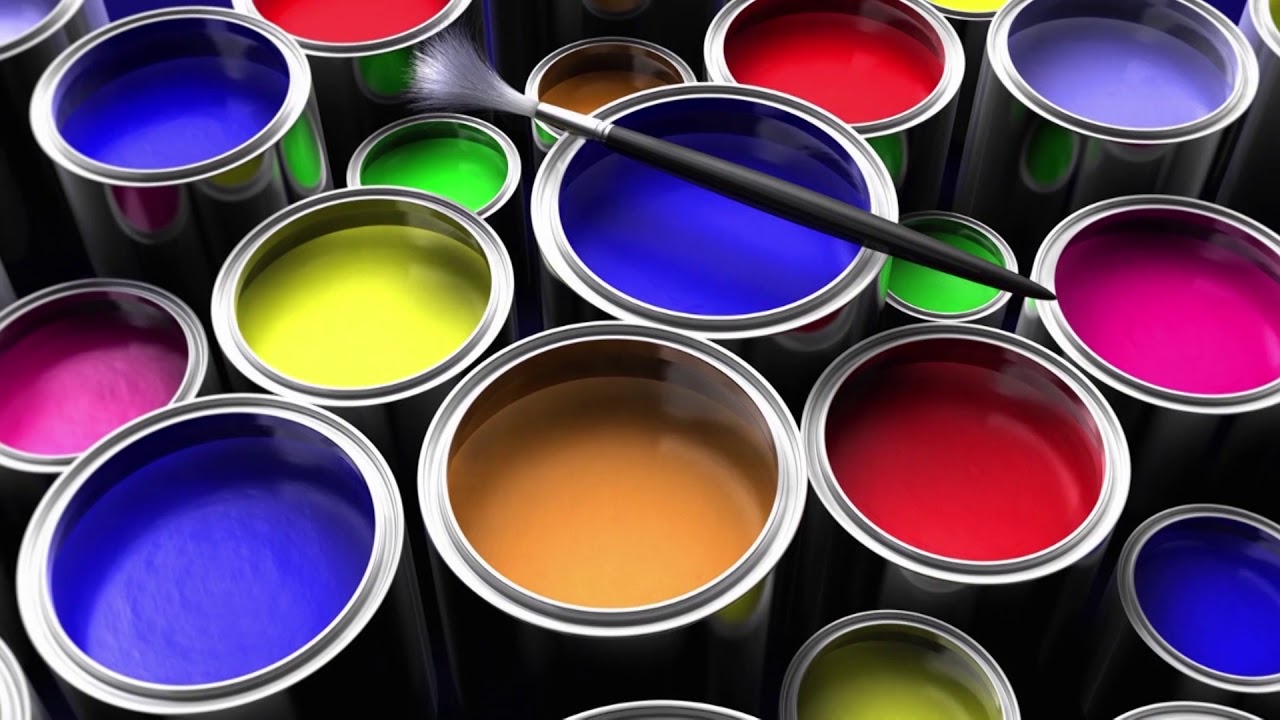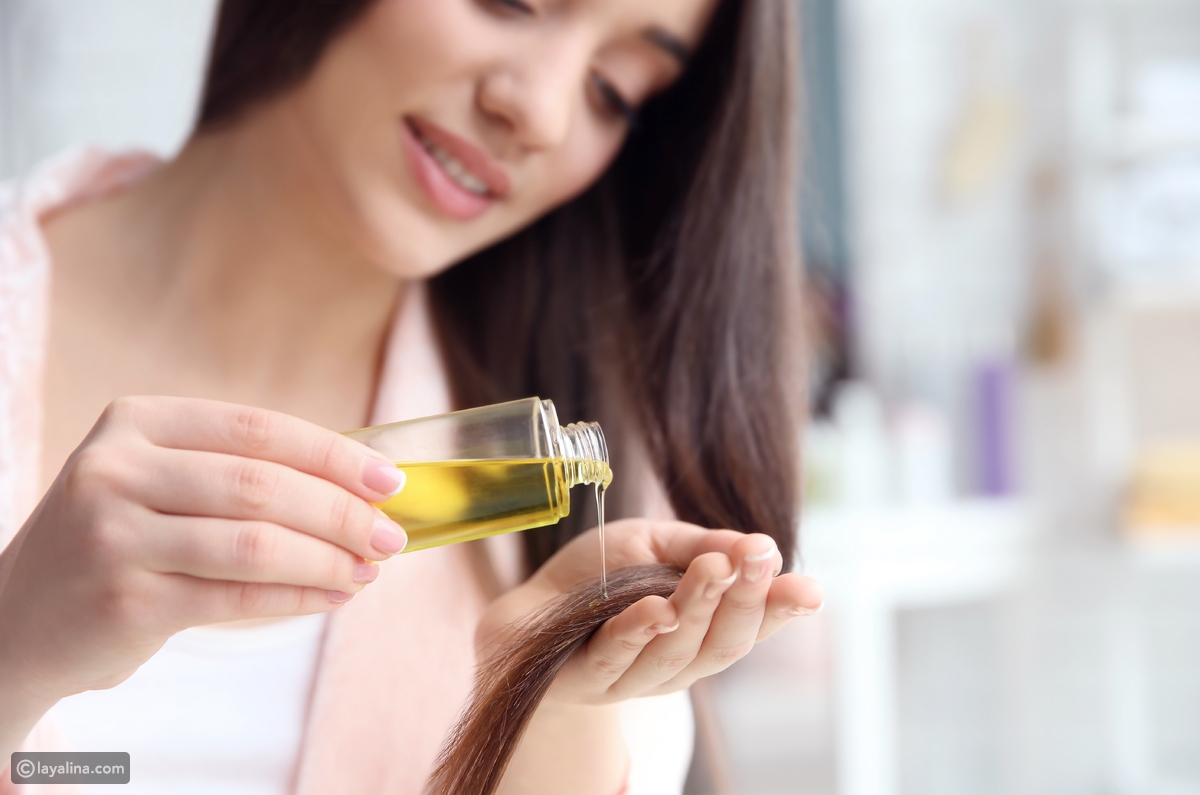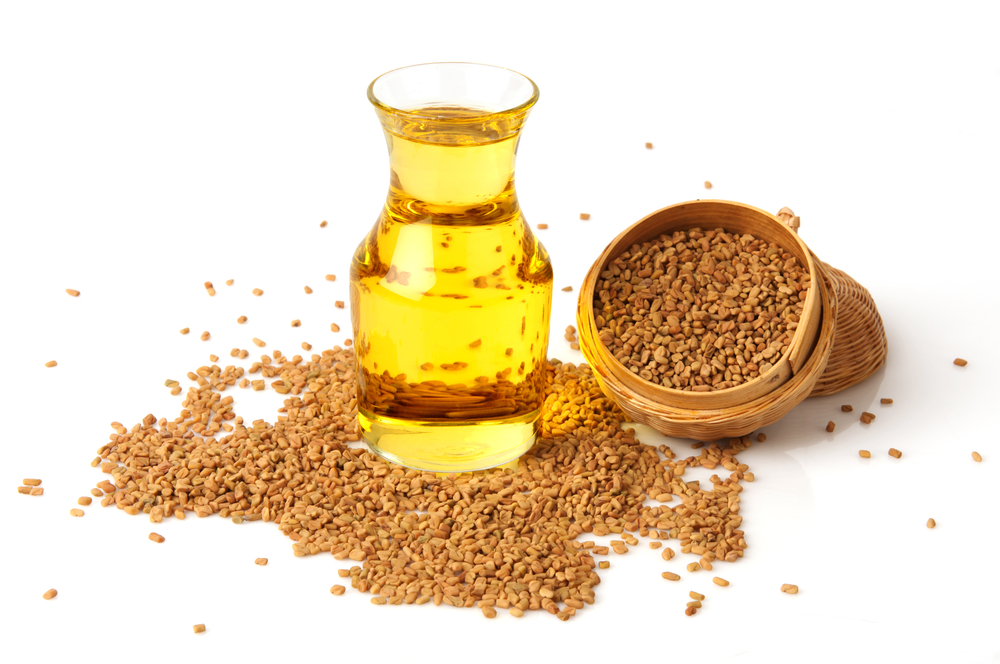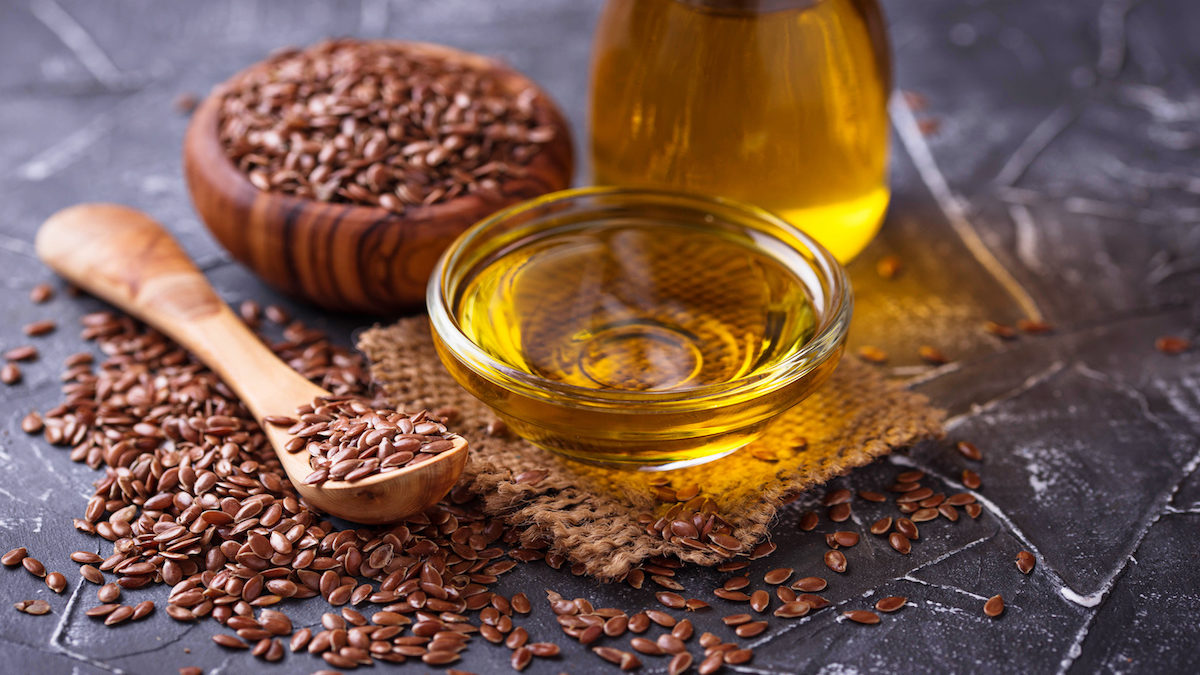How To Guide: Watercress Oil Production and Packaging Plant
Introduction:
Watercress oil is a popular and versatile essential oil known for its numerous health benefits. If you are looking to set up a watercress oil production and packaging plant, this guide will provide you with valuable information on machinery, processing methods, and packaging options.
I. Machinery Required:
To ensure efficient production, you will need a range of machinery specifically designed for watercress oil extraction and packaging. Here are the essential machines required for your plant:
-
Watercress Harvester: A machine designed to harvest watercress efficiently while preventing damage to the plant.
-
Leaf Destemmer: This machine helps separate the watercress leaves from the stems, ensuring higher quality oil extraction.
-
Extraction Equipment: Depending on your budget and scale of operation, you can choose between the traditional steam distillation method or the more advanced cold-press extraction method.
-
Filter Press: Essential for removing impurities and solids from the extracted oil, ensuring a pure and high-quality end product.
-
Storage Tanks: Stainless steel tanks are commonly used for storing the extracted watercress oil before packaging.
-
Bottling and Packaging Machines: These machines will automate the process of filling bottles with the oil, capping them, and labeling them, improving efficiency and productivity.
II. Processing Methods:
-
Steam Distillation: This traditional method involves passing steam through a chamber containing watercress leaves. The steam vaporizes the essential oils, which are then condensed and collected in a separate container.
-
Cold-Press Extraction: This method involves using a hydraulic press or screw press to extract the oil from watercress leaves. The process ensures minimal heat exposure, preserving the oil's natural properties.
III. Types of Watercress Oil:
There are two main types of watercress oil available:
-
Pure Watercress Oil: Made solely from watercress leaves, this oil is known for its intense, peppery aroma and is typically used for aromatherapy and skincare products.
-
Watercress Oil Blends: These products combine watercress oil with other essential oils to create unique aromatic blends. Blends can be tailored for various purposes, such as relaxation, rejuvenation, or respiratory health.
IV. Packaging Options:
Packaging plays a crucial role in preserving the quality and longevity of watercress oil. Consider the following options:
-
Glass Bottles: Amber or dark-colored glass bottles offer protection against light exposure, which can degrade the oil's quality.
-
Dropper Caps: For easy and precise dispensing, consider packaging watercress oil with dropper caps. This allows users to control the amount of oil they use.
-
Labeling: Clearly label each bottle with the necessary information, including the ingredients, net weight, manufacturing date, and any safety instructions or warnings.
Conclusion:
Setting up a watercress oil production and packaging plant requires careful planning and investment in the right machinery. By following this guide, you can ensure efficient processing, produce high-quality oil, and package it appropriately for the market. Remember to comply with local regulations and quality standards to provide customers with a safe and premium product.

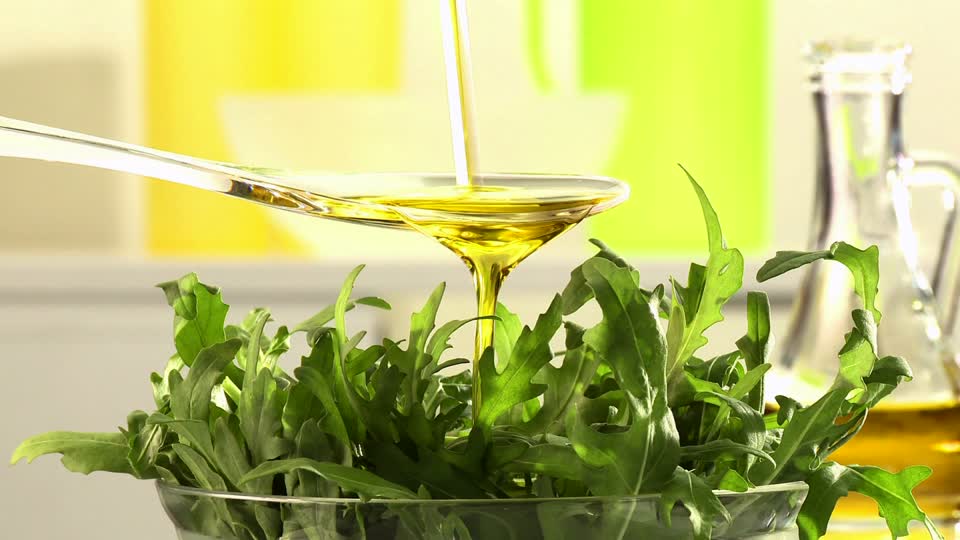
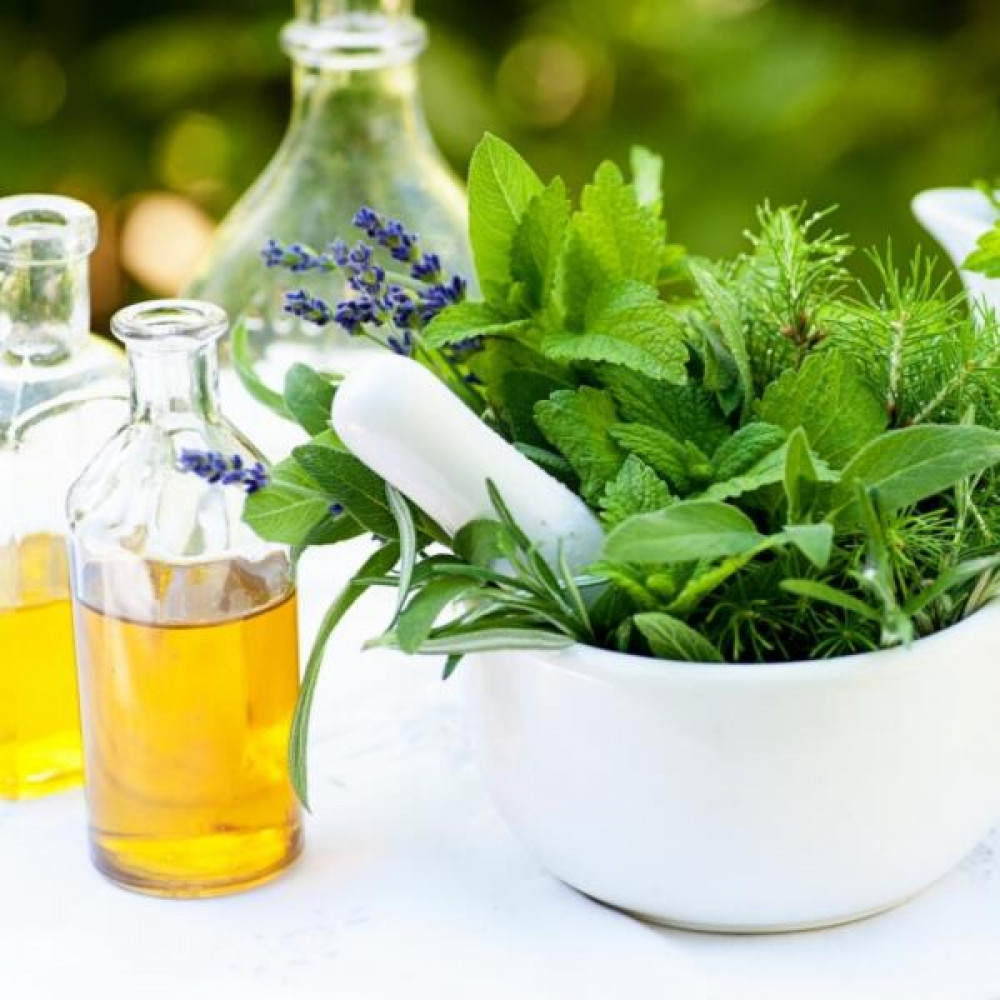
 Admin
Admin 